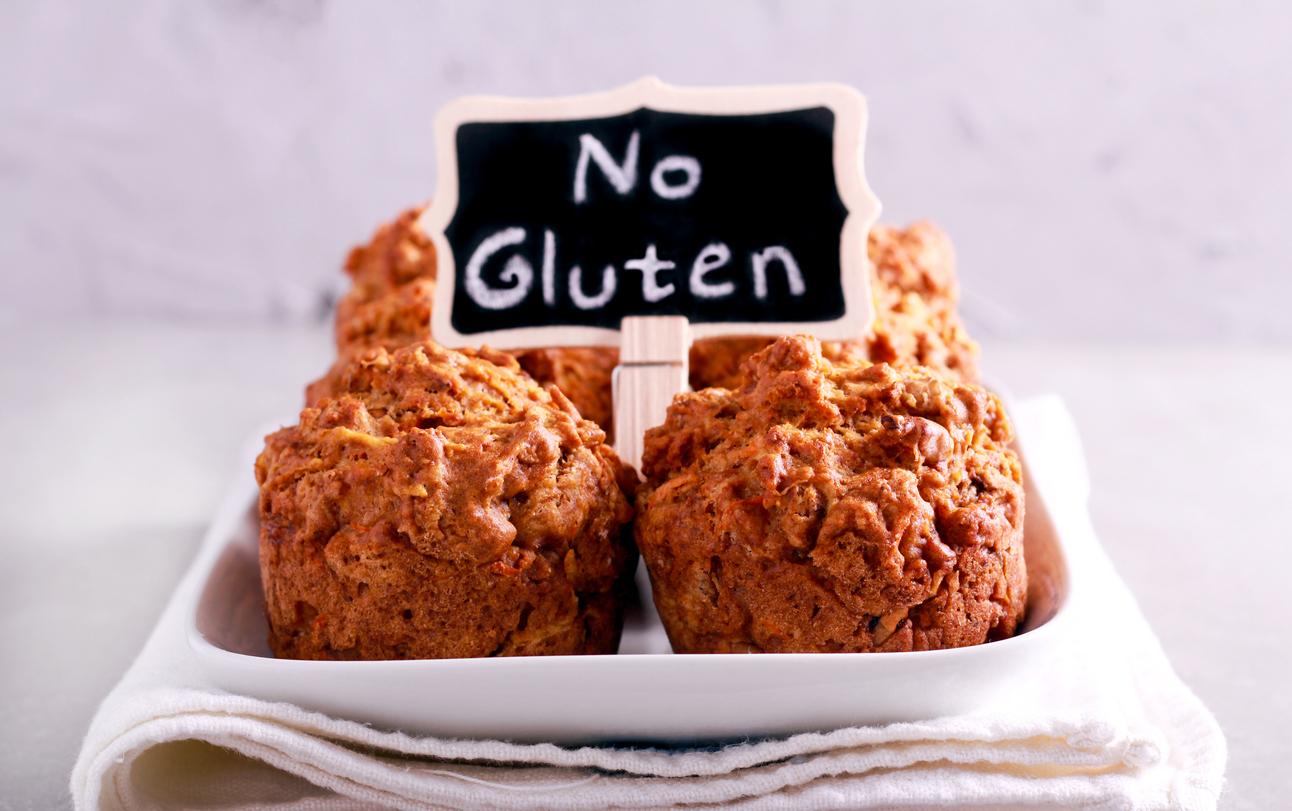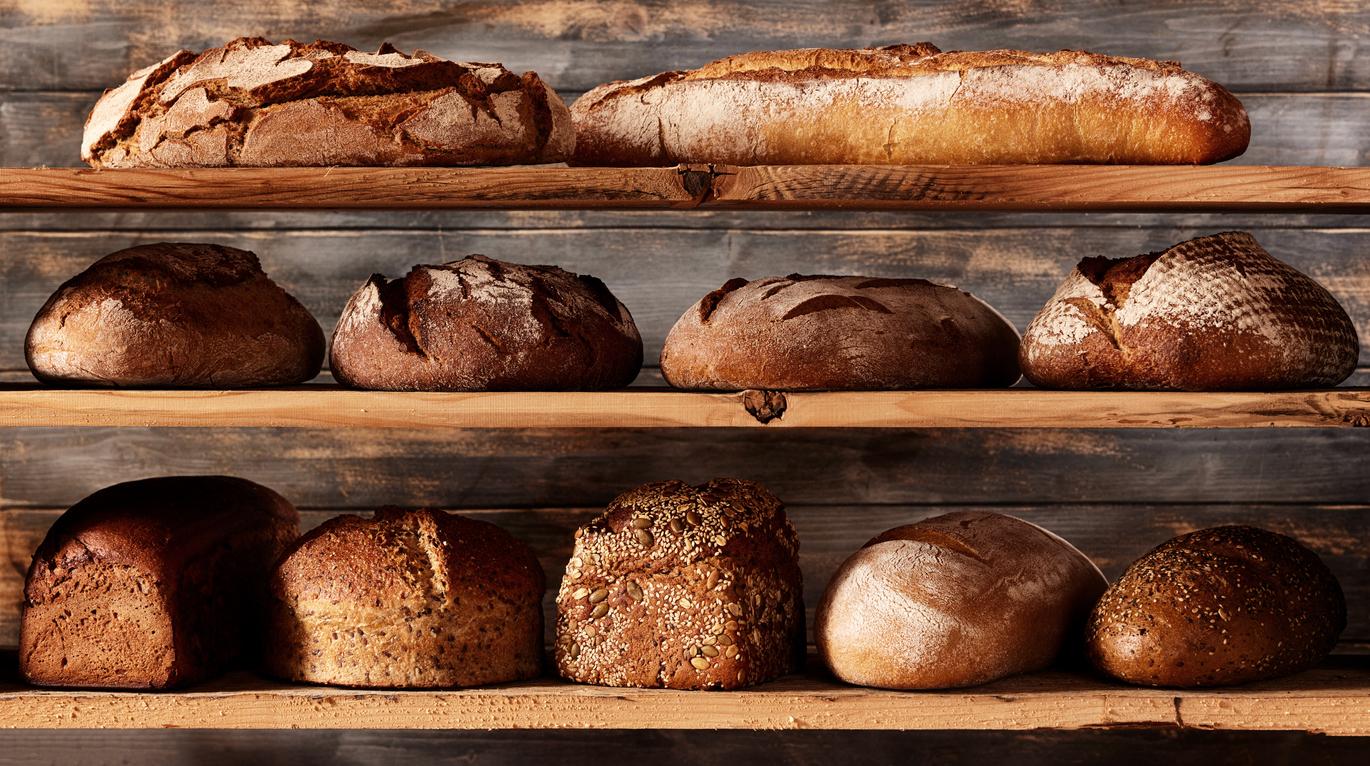
Still too much gluten while you eat gluten free
If you have celiac disease, you will have to avoid gluten for the rest of your life. But gluten overload is lurking. What is it and what can you do to prevent it?
Celiac disease (pronounced: seu-lia-kie) is an autoimmune disease that is triggered by the ingestion of gluten. In the Netherlands, about 1 in 100 people have celiac disease, but most people don’t know they have it. The disease is one of the most underdiagnosed diseases. It is estimated that about 170,000 Dutch people have the disease, only about 20 percent of the people are aware of this.
Three food groups
In celiac disease, eating gluten causes inflammatory reactions in the intestinal mucosa of the small intestine. This damages the intestinal villi. In case of long-term damage to the intestinal mucosa, important nutrients are no longer absorbed properly. The sooner celiac disease is recognized, the better the small intestine can recover. However, a strict gluten-free diet is required. Every trace of gluten damages the gut again. People who have the disease, therefore, pay very close attention to what they ingest. Despite this caution, they can still ingest too much gluten; that’s called gluten overload. What’s up with that?
Three food groups can be distinguished:
1. Naturally Gluten Free
The first group consists of foods that are naturally gluten-free. These are often fresh and unprocessed, such as potatoes, rice, vegetables and fruit, unprocessed meat, fish, chicken, natural dairy, nuts and legumes.
2. Gluten-free products
The second group of foods consists of gluten-free products. They bear the Crossed Grain quality mark (the crossed ear in the circle), a gluten-free logo or the text ‘gluten-free’. Examples include gluten-free bread, gluten-free pasta, gluten-free crackers and gluten-free cookies.
3. Ingredient Level Gluten Free
There is also a third group: products that are gluten-free at ingredient level. So no gluten-containing ingredients have been used here, but it does not state that the product is ‘gluten-free’ either. It is always wise to check the label extra to see if there may be cross-contamination.
When is a product gluten-free?
A product may be called gluten-free if the amount of gluten is less than 20 mg gluten per kg product (also: below 20 ppm: parts per million). This is laid down in law. Most people with celiac disease don’t get sick from that small amount of gluten. American research has shown that the average celiac patient can ingest about 10 mg per kilo of gluten without causing complaints. But if you eat a lot of products that still contain a little bit of gluten, it may be that the total amount you ingest is still too much. This is called gluten overload and can cause unpleasant symptoms, such as bloating, cramps or constipation.
Prevent gluten overload
The easiest way to prevent gluten overload is to eat products that are naturally gluten-free. Lots of fresh vegetables, eggs, unprocessed meat, fruit and unprocessed nuts. Also keep in mind that products that are gluten-free at the ingredient level sometimes still contain gluten due to cross-contamination. Such a product may have come into contact with gluten before, during or after production. Since 2021, the law prescribes that a manufacturer must prevent cross-contamination. For example, machines must be cleaned after a product with an allergen has been processed in a machine. This helps to prevent cross-contamination, but is not a guarantee. Therefore, several warnings are used on packaging:
- May contain traces of gluten
- May contain traces of gluten-containing grains
- Made in a factory that processes gluten
- Made in a facility that also processes gluten-containing grains
- May contain traces of gluten
- Contains traces of gluten
Whether or not you take such a product as a celiac patient is your own choice. After all, some are more sensitive to a little gluten than others. The Dutch Celiac Association only really advises against using flour with such a warning. There is a high risk of gluten cross-contamination with flour. First of all, due to the cultivation and transport where gluten-free grains quickly become contaminated by gluten-containing grains. The product or grain is then ground in an (industrial) mill that very often also processes gluten-containing grains. That also applies to non-grains, such as almonds for almond flour. Their advice for flour: preferably use a product with the Crossed Grain quality mark. If that is not available, at least opt for a gluten-free claim and/or logo. Finally, if you have complaints, you can also look at the amount of gluten-free products you take. If you are very sensitive to it, for example, it is better to limit yourself to a gluten-free product once or twice a day than to eat something like this with every meal.
How much gluten someone with celiac disease can tolerate varies from person to person. The check-ups with the MDL doctor or a dietitian who specializes in celiac disease are an important means of seeing where the limit of ‘too much’ lies. But if you get complaints and you have eaten gluten-free, it can be worthwhile to take a good look at how much of which products you have taken. Be sure to keep a record of which product you still get complaints after eating. That way you get a better picture of what you can and cannot stand.













-1573138807.jpg)
-1603495059.jpg)